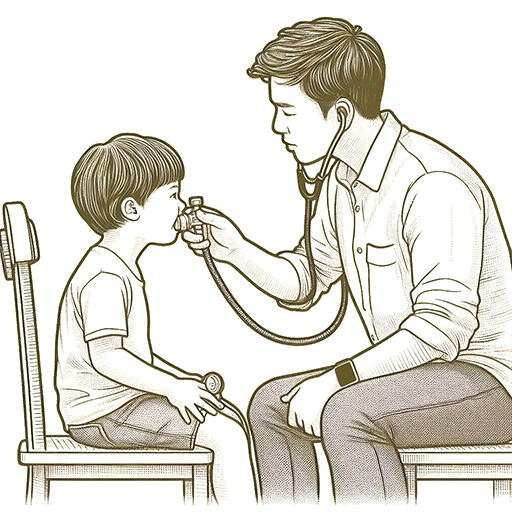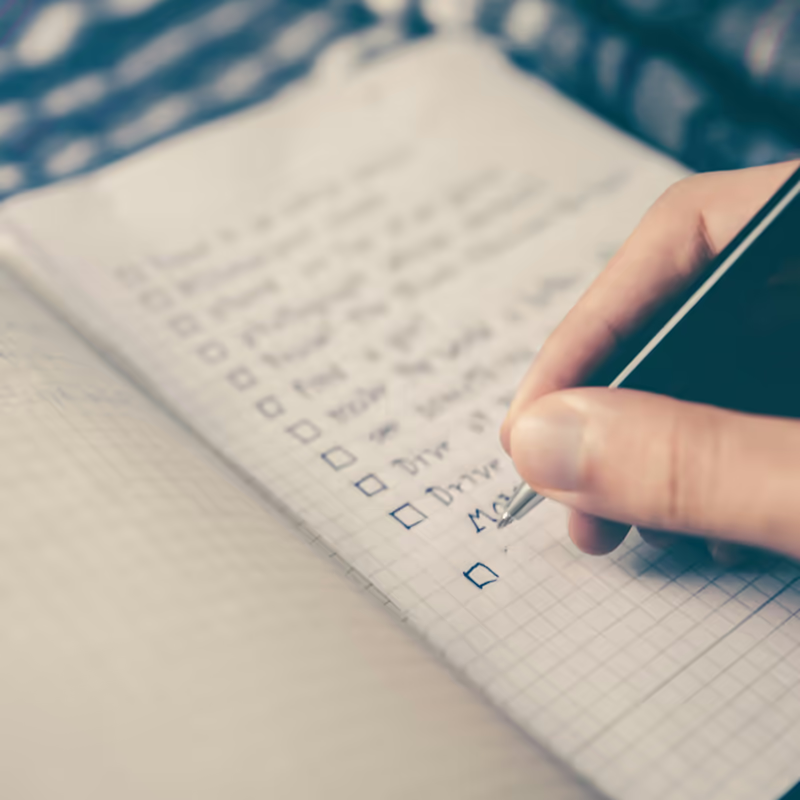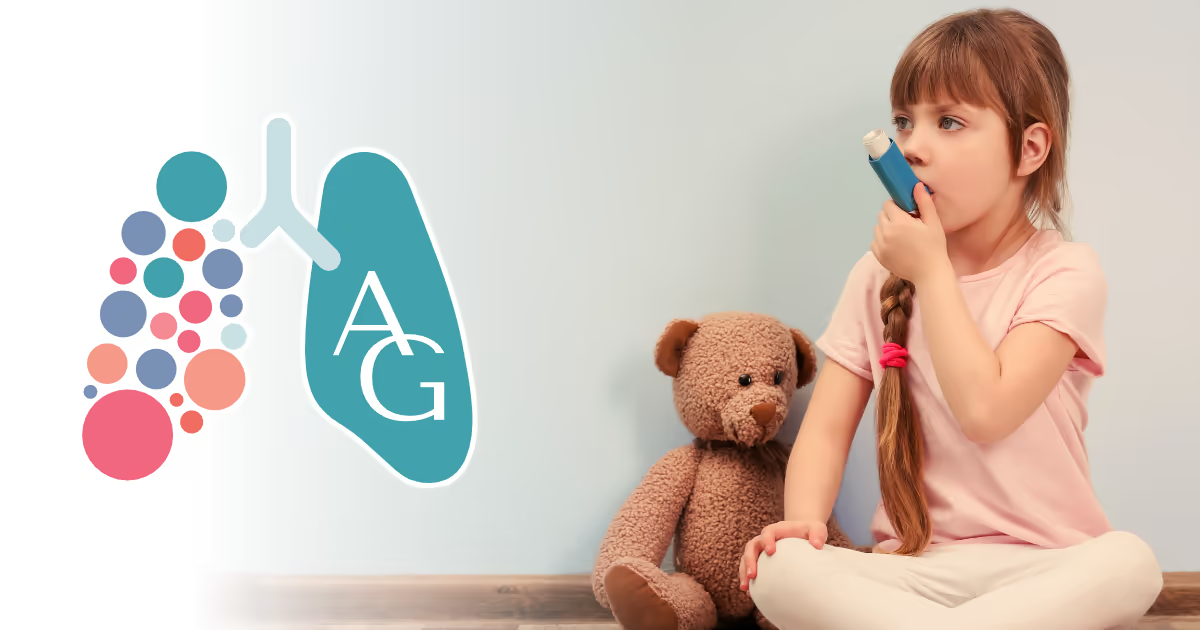Asthma in Children Ages 5-11
Asthma is one of the most common long-term conditions in childhood, affecting about 1 in 11 children in the UK. It can start at any age but often becomes more recognisable in children over 5, as they can better describe symptoms and perform lung function tests like spirometry. Asthma can impact daily life, schooling, sports, sleep, and emotional wellbeing – but with proper management, most children can lead active, healthy lives.
Recognising Asthma in Children
Asthma symptoms in children can be variable and may not always follow the same pattern. Common symptoms include:
- Coughing, especially at night or early in the morning, after exercise, or during laughter
- Wheezing – a high-pitched whistling sound when breathing out
- Shortness of breath or difficulty catching breath during activity
- Chest tightness or discomfort, which may be described as a “funny feeling” in the chest
- Symptoms triggered by colds, allergens, exercise, cold air, laughing, or exposure to smoke
Some children may only have symptoms during viral infections or in specific seasons (e.g. spring or autumn), while others may have more persistent daily symptoms.
Diagnosis of Asthma in Children

In children over 5, asthma can be diagnosed more confidently using a combination of:
- Detailed medical and family history – including allergy history and response to asthma medication
- Spirometry & reversibility – measures lung function and can detect reversible airway narrowing
- FeNO (Fractional exhaled Nitric Oxide) – measures airway eosinophilic inflammation and supports diagnosis
- Serum eosinophils
- Peak flow monitoring – tracks changes in breathing over time
- Trial of treatment – improvement with inhalers supports a diagnosis of asthma
Your child may be referred to a paediatric respiratory specialist if symptoms are difficult to control, diagnosis is uncertain, or there are concerns about other conditions.
Treatment and Asthma Medicines
Treatment is tailored to the child’s symptoms, triggers, and asthma severity. Common treatment approaches include:
- Reliever (Rescue) Medication
- Salbutamol (blue inhaler): used to relieve symptoms quickly during asthma attacks or episodes of breathlessness
- Should always be carried and used as directed
- Frequent use (more than 3 times per week) suggests poor control
- Preventer Medication
- Inhaled corticosteroids: reduce inflammation and prevent symptoms
- Taken daily, even when well
- Examples: Fluticasone, Beclometasone
- Combination inhalers (e.g. with formoterol) may be used if symptoms are not well controlled on preventer inhalers alone
- Other Options
- Leukotriene receptor antagonists (e.g. montelukast) – sometimes added in children with allergic triggers or exercise-induced symptoms
- Biologics – for a small number of children with severe asthma, specialist treatments like monoclonal antibodies (e.g. omalizumab, mepolizumab) may be considered
Inhalers should always be used with a spacer device (and mouthpiece or mask depending on age) to ensure the medication is delivered effectively to the lungs.
Asthma Action Plans

Every child with asthma should have a written asthma action plan developed in partnership with their healthcare provider. This should include:
- Daily medication schedule
- Instructions on how to recognise worsening symptoms
- What to do in an emergency
- When to seek medical help
The plan should be shared with school staff, after-school clubs, and other caregivers.
Asthma at School
Asthma is a leading cause of school absence. Key considerations for school-aged children include:
- Ensure the school has an up-to-date copy of your child’s asthma action plan
- Emergency reliever inhaler should be accessible at school
- Teachers and staff should be aware of how to recognise asthma symptoms and support medication use
- Encourage your child to participate in physical activity – asthma should not be a barrier if well-controlled
Common Triggers in Children
Understanding and avoiding triggers can help reduce asthma flare-ups. Common triggers include:
- Viral infections (e.g. colds, flu)
- Allergens (dust mites, pollen, pets, mould)
- Exercise without pre-treatment
- Cold air or changes in weather
- Environmental smoke, air pollution
- Stress or strong emotions
Monitoring and Follow-Up
Children should have at least one asthma review each year with their GP, asthma nurse, or specialist. This should include:
- Review of medication and inhaler technique
- Assessment of control and frequency of symptoms
- Update of asthma action plan
- Advice on lifestyle, environmental triggers, and vaccinations (e.g. flu vaccine)
Children whose symptoms are poorly controlled, require frequent oral steroids, or are missing school due to asthma should be referred for specialist review.
When to Seek Help
Seek urgent emergency medical help if your child:
- Is struggling to speak or breathe
- Is using chest or abdominal muscles to breathe
- Has blue lips or fingernails
- Has no improvement after using the blue inhaler
- Needs the blue inhaler more than every 4 hours
Key Takeaway
Asthma in children is common – but it can be effectively managed with the right treatment, support, and education. A personalised asthma action plan, correct use of medication, regular reviews, and open communication with schools and caregivers are vital in keeping your child well and active.
Located in London | Infants to young adults seen
Request a referral or book an appointment with Professor Gupta today.
